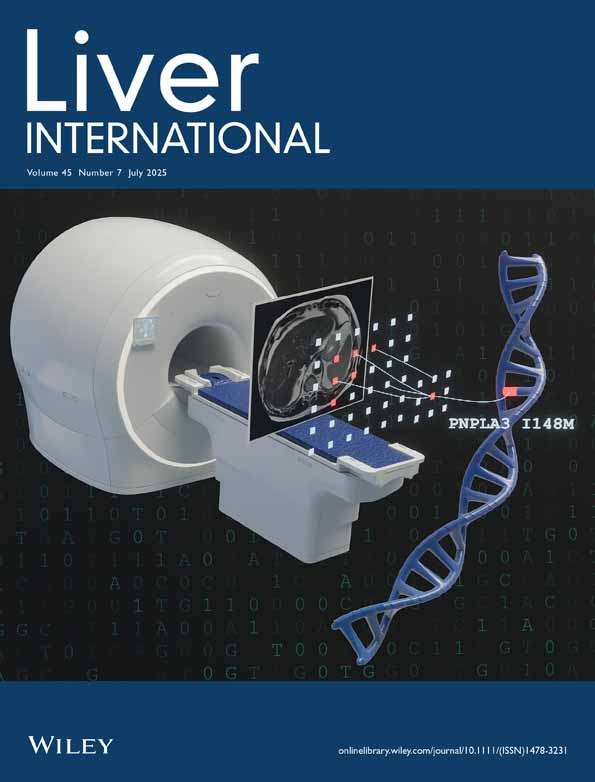A Multifaceted Approach Leads to Improved Linkage to HCV Therapy: A Multicenter Randomised Controlled Trial
Handling Editor: Benjamin Maasoumy
Funding: This work was supported by Grants from the National Hepatitis C Project in Technical Guidance for Prevention and Treatment and Capacity Construction of China (No. 131031105000200002). The funders had no role in the design and conduct of the study; collection, management, analysis, and interpretation of the data; preparation, review, or approval of the manuscript; and decision to submit the manuscript for publication.
Peng Xu, Dandan Yang and Yan Guo are joint first authors.
ABSTRACT
Aim
Hepatitis C virus (HCV) treatment rate was low in China. We aimed to evaluate a four-support approach in linking previous HCV RNA-positive patients to antiviral treatment.
Methods
We performed a randomised controlled trial (ChiCTR2200060858, https://www.chictr.org.cn) and selected HCV RNA-positive participants from previous HCV antibody/RNA-positive patients, and assigned them into intervention or control arm. The control arm received routine care, whereas intervention arm received additional four-support intervention, including simplified treatment delivery, minimal examinations, insurance assistance, and social supports. The primary outcome was proportion of treatment initiation. The secondary outcomes included sustained virologic response (SVR) rates, time-to-treatment initiation, treatment completion, and treatment willingness. Adverse events were recorded.
Result
Among 394 participants, 199 and 195 were in the four-support and control arms, respectively. The four-support arm had significant higher proportions of treatment initiation than control arm at 1 and 2 months (35.68% vs. 13.85% and 47.24% vs. 17.44%, respectively, p < 0.05). SVR was confirmed in 74.47% of four-support arm compared with 61.76% of control arm (adjusted odds ratio [aOR] 2.06). Patients in four-support arm had a shorter time-to-treatment initiation (adjusted hazard ratio [aHR] 3.10) and more frequent treatment completion (aOR 4.13) than control arm. The cumulative probability of treatment initiation at 1 and 2 months had a significant difference between two arms. Only one adverse event occurred in four-support arm.
Conclusion
The four-support intervention could improve both antiviral treatment initiation and SVR in HCV RNA-positive patients with a previous HCV antibody/RNA-positive result and could be applied in these patients.
Conflicts of Interest
The authors declare no conflicts of interest.
Open Research
Data Availability Statement
This study is registered at www.chictr.org.cn with identifier ChiCTR-2 200 060 858. The corresponding author can provide, upon request, individual participant data that underlie the results reported in this article after applying necessary measures to guarantee that no individual is identified or identifiable.




